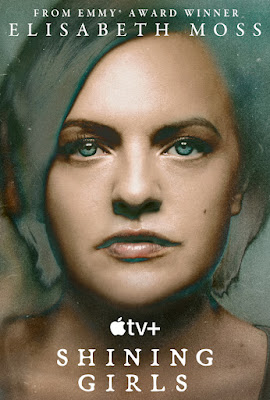Don't rely on comedians for aerodynamic engineering. They don’t make the entire plane out of the black box, because they want it to fly. Mathieu Vasseur understands the science of planes and how they crash. He also has a lot of character hang-ups, but a lack of dedication is not one of them. When a French flight crashes in the Alps, he is the best and worst person to investigate in Yann Gozlan’s Black Box, which is now screening in New York.
Vasseur has a history of neurotic-obsessive thoroughness at the French equivalent of the FAA that has gotten him into trouble with his superiors in the past. He also has an acutely sensitive sense of hearing that allows him to pick up on things others miss. Initially, his frustrated boss, Victor Pollock, freezes him out of the crash investigation, but when Pollock inexplicably goes AWOL, the agency head, Philippe Renier brings him back in.
At first, Vasseur uncovers a cry of “Allahu Akbar” on the black box tapes, but the more he digs, the more questions he has. Quite inconveniently, some of those questions involve a safety study partly conducted by his wife Noemie, who is adroitly navigating the revolving door between French regulatory agencies and aerospace companies. The more people in their circle try to gaslight Vasseur, the more he suspects design flaws were the cause.
The first hour and a half of Black Box have a lot of compelling audio tech procedural stuff that has earned the film comparisons to Blow Out. However, the last fortysome minutes revert to standard form (and no, it really need not run in-excess of two hours). Regardless, Fate is the Hunter remains the undisputed champion of plane crash investigation films and the first season of Departure covers some of the same causes, but with more interesting characters.





























